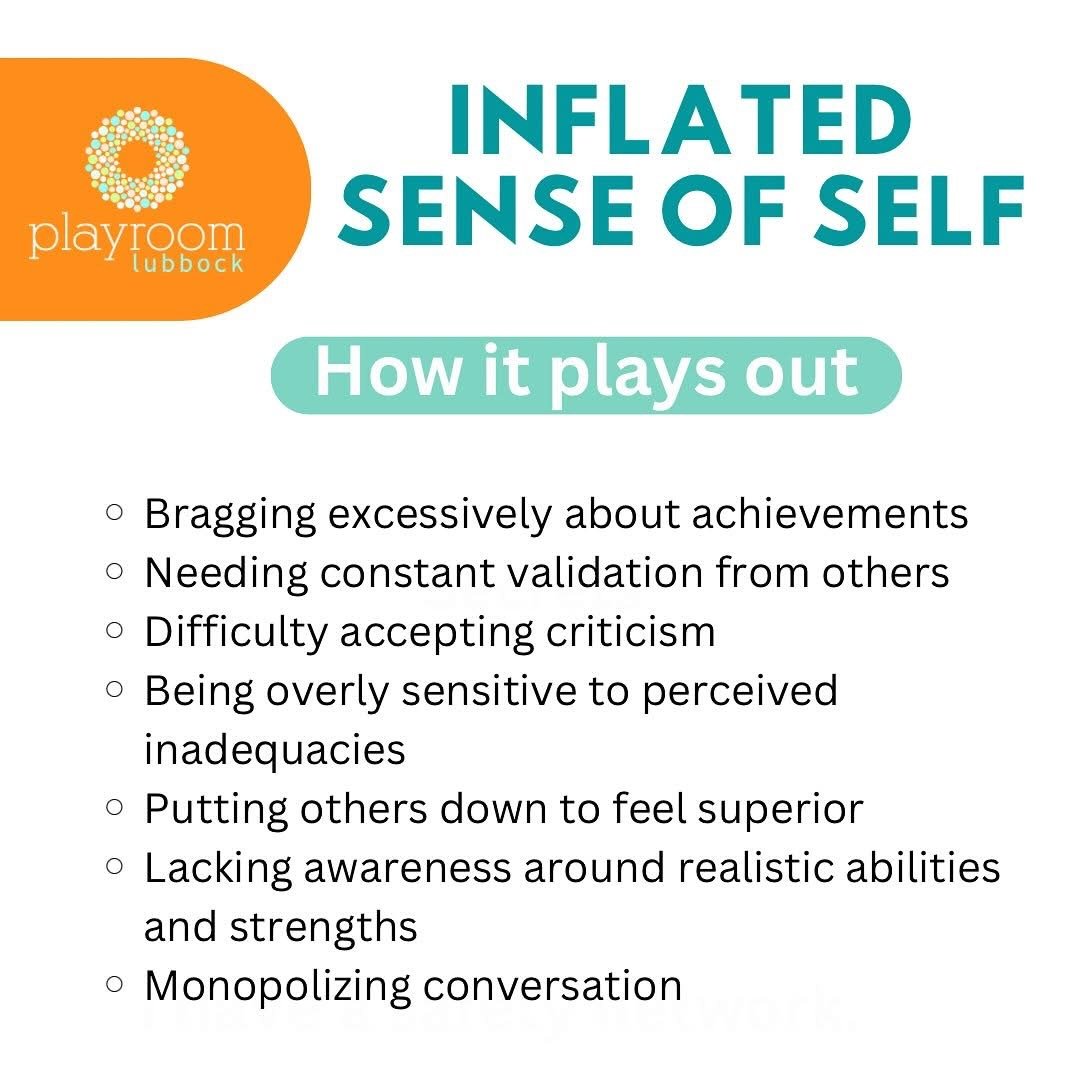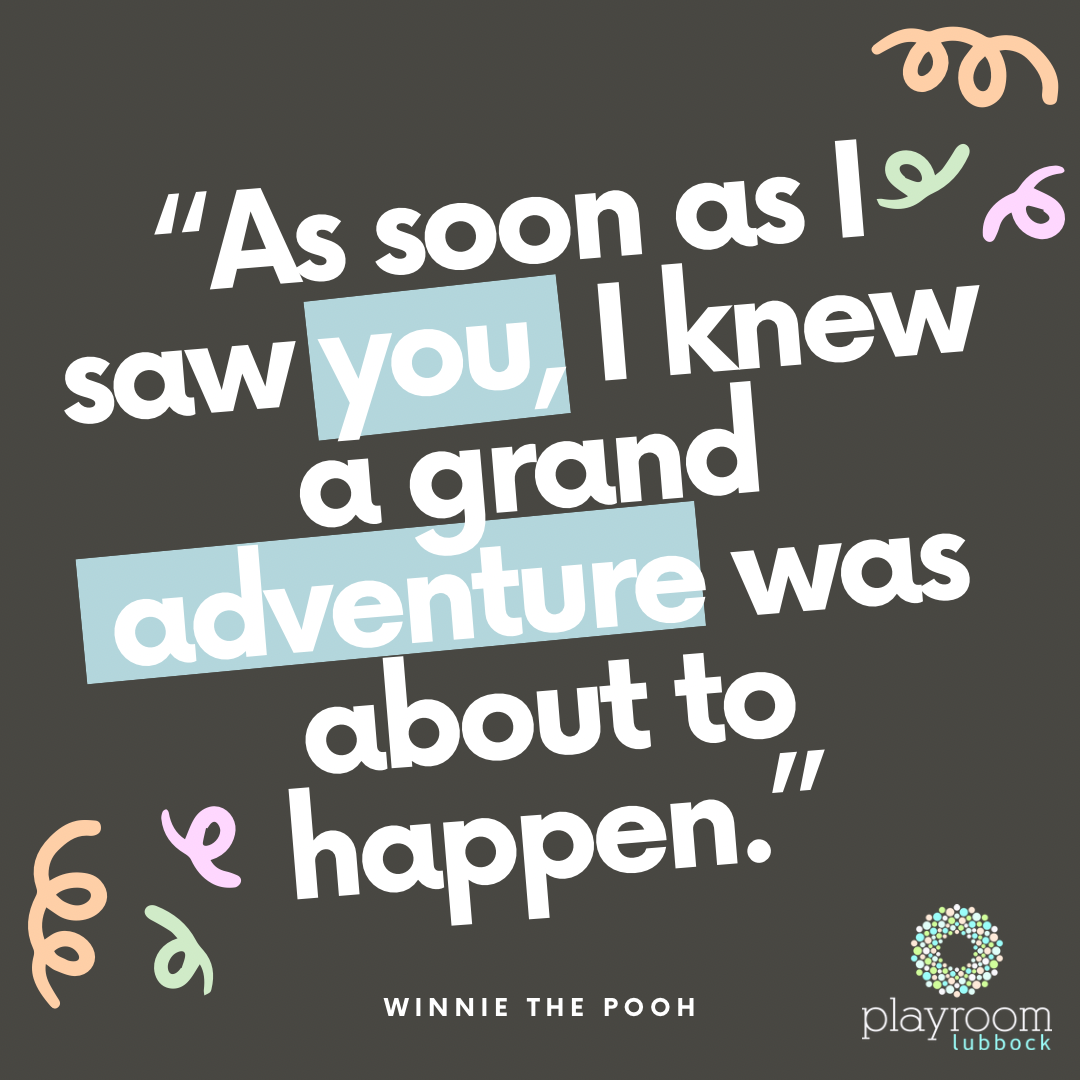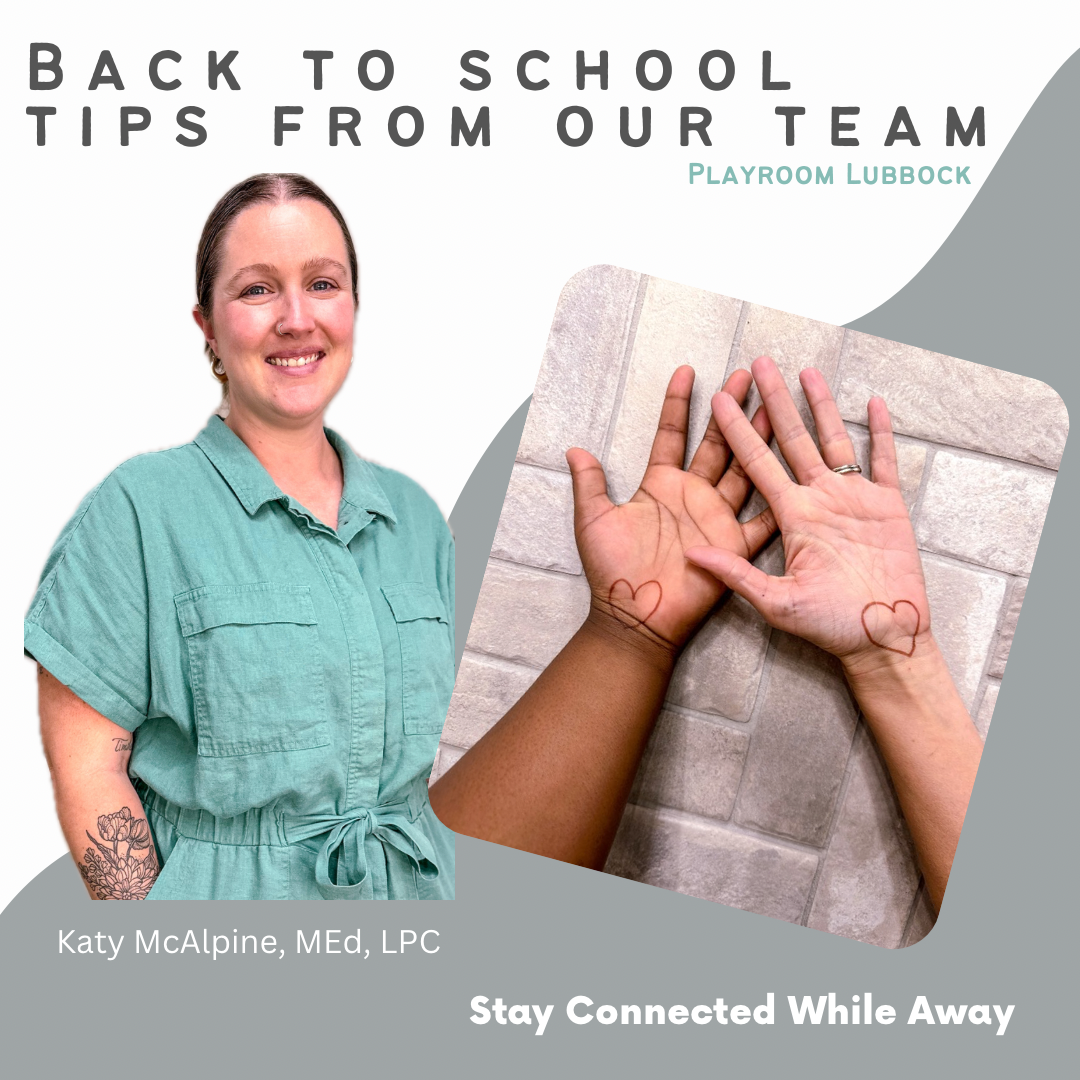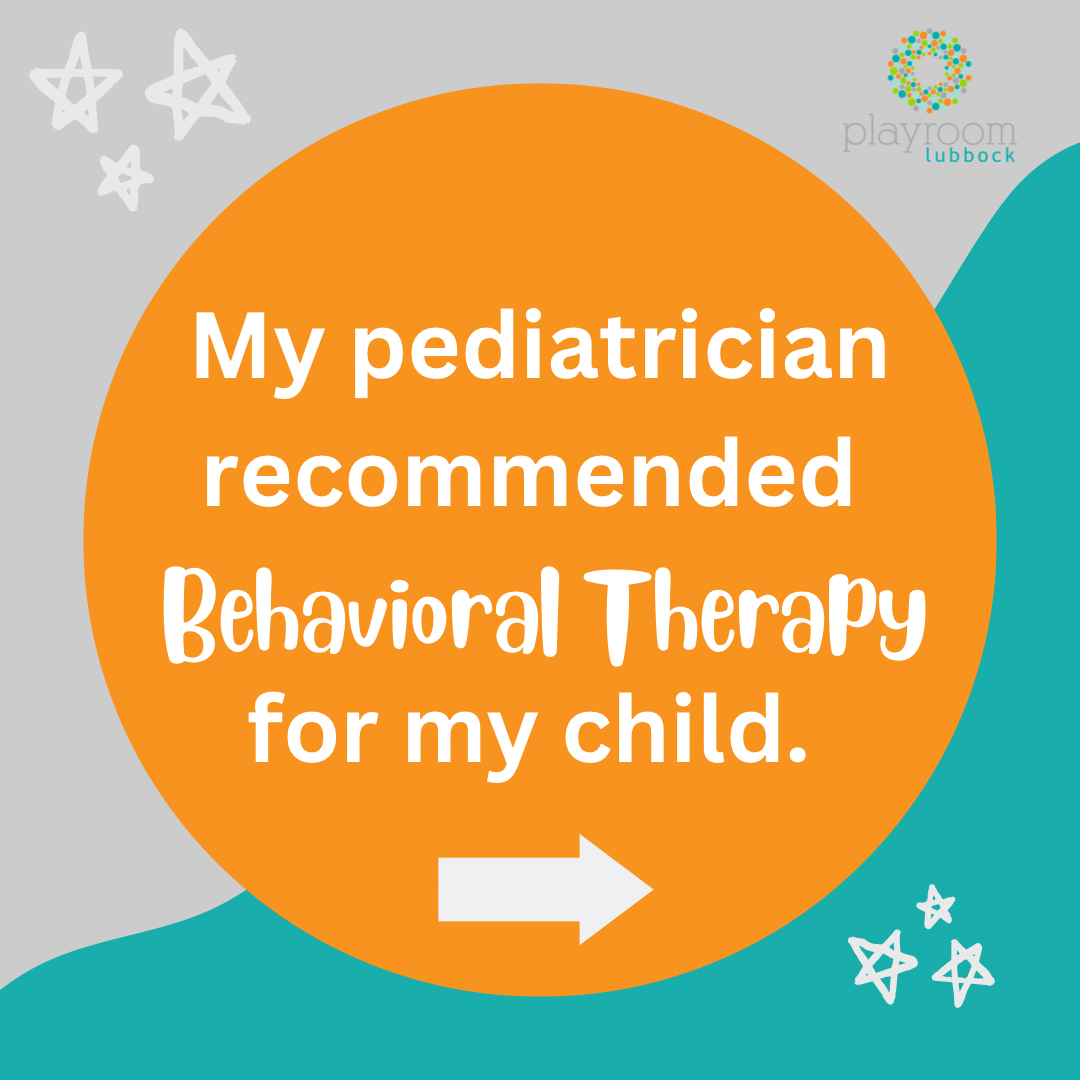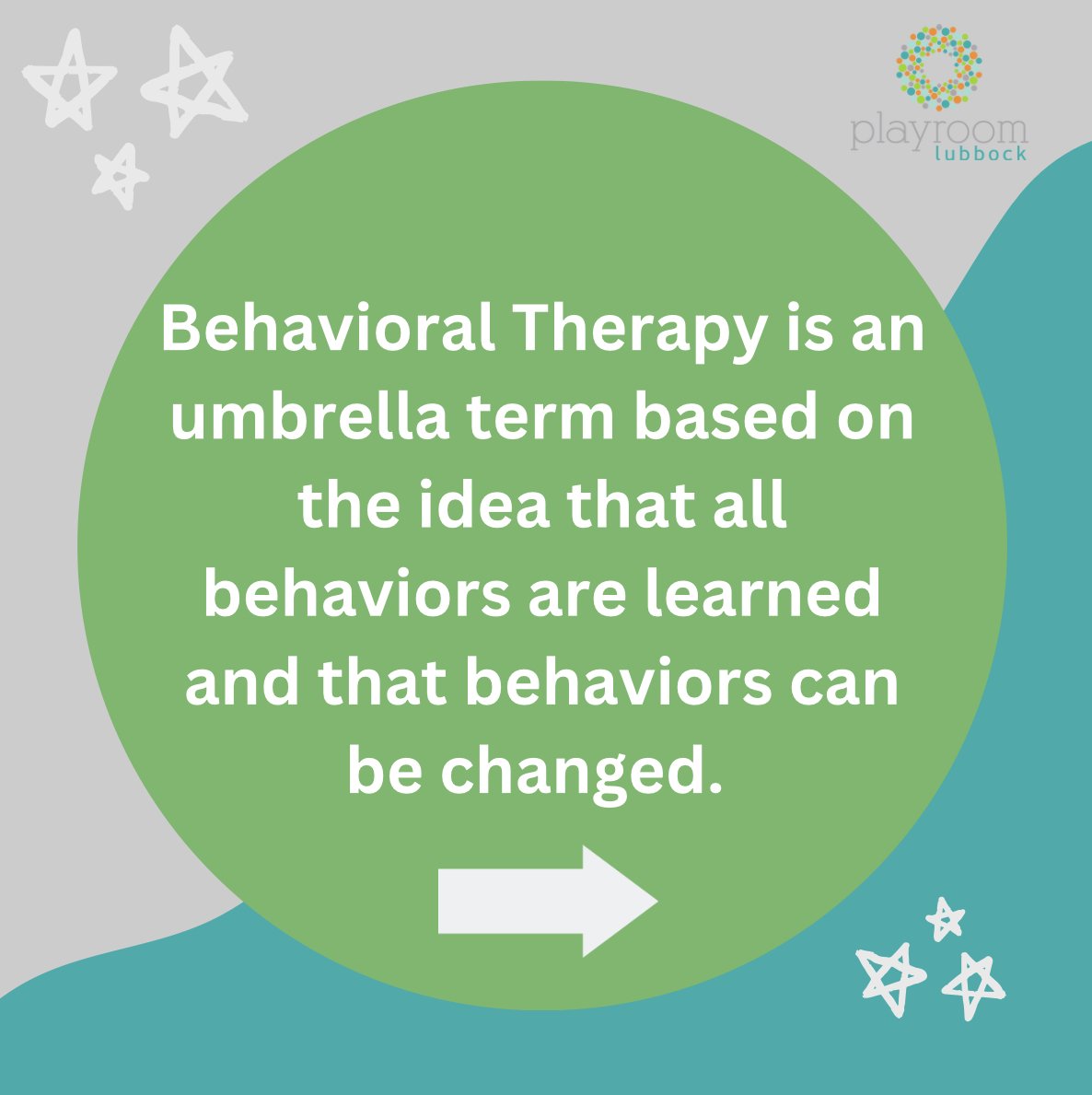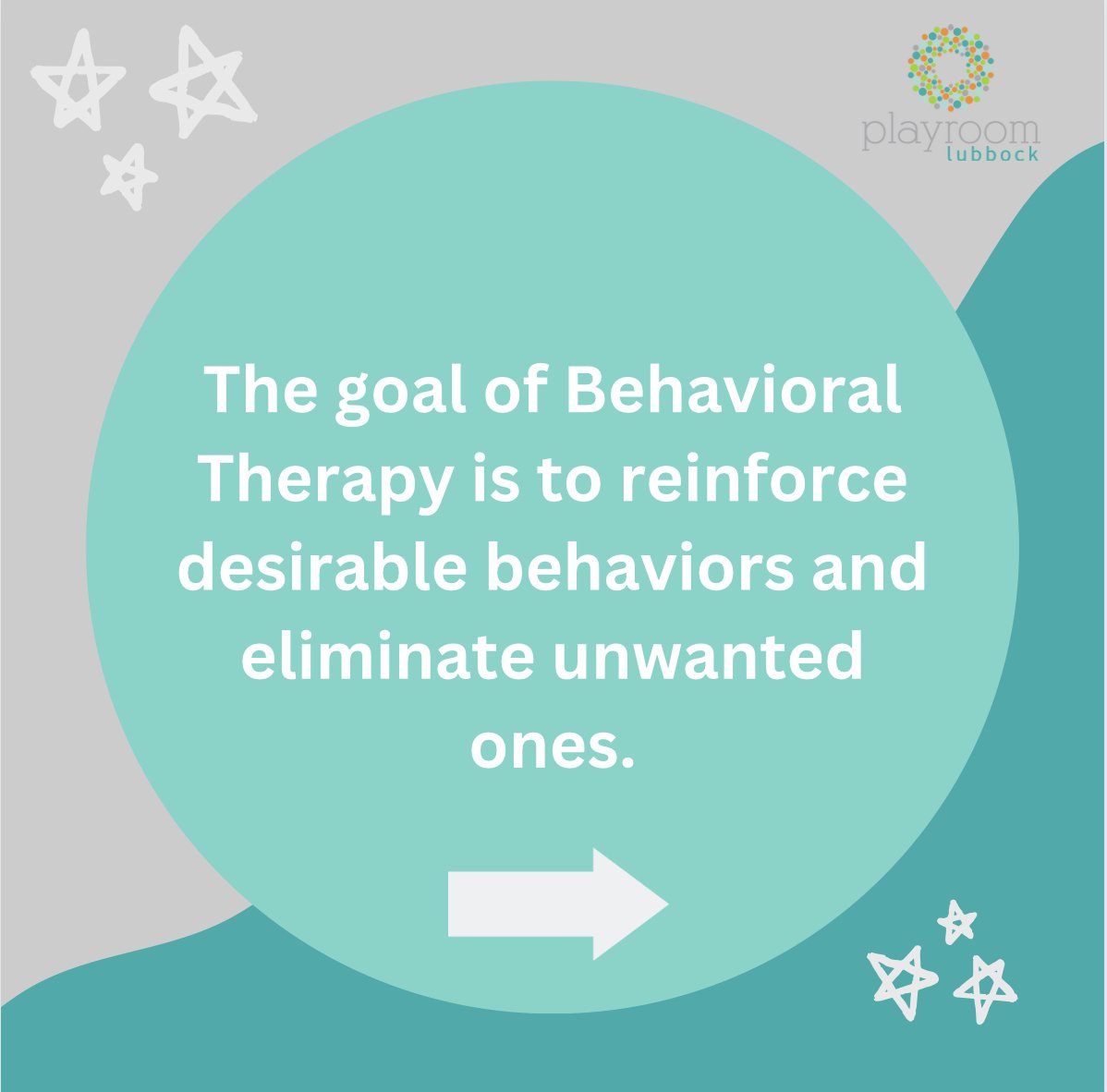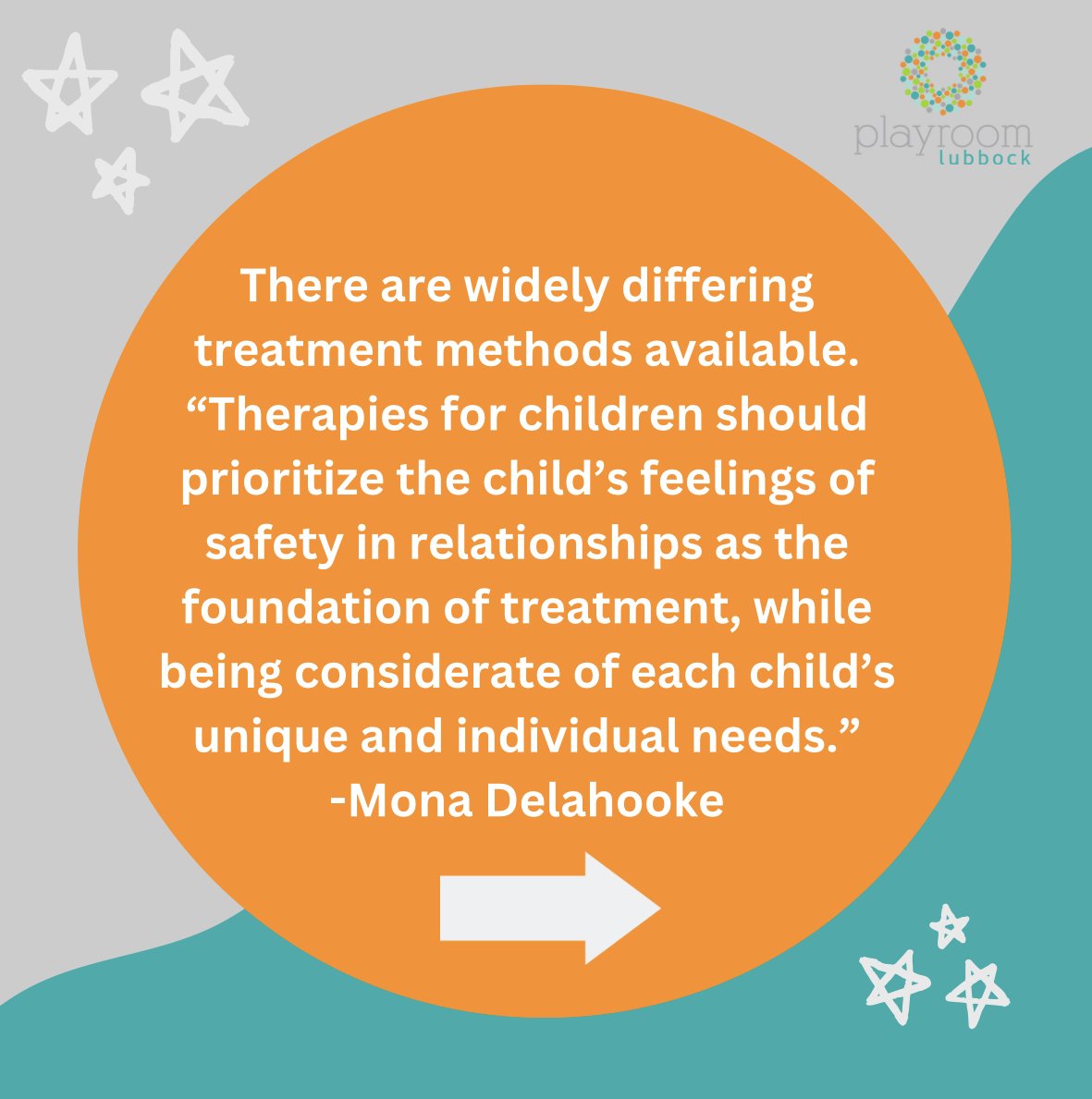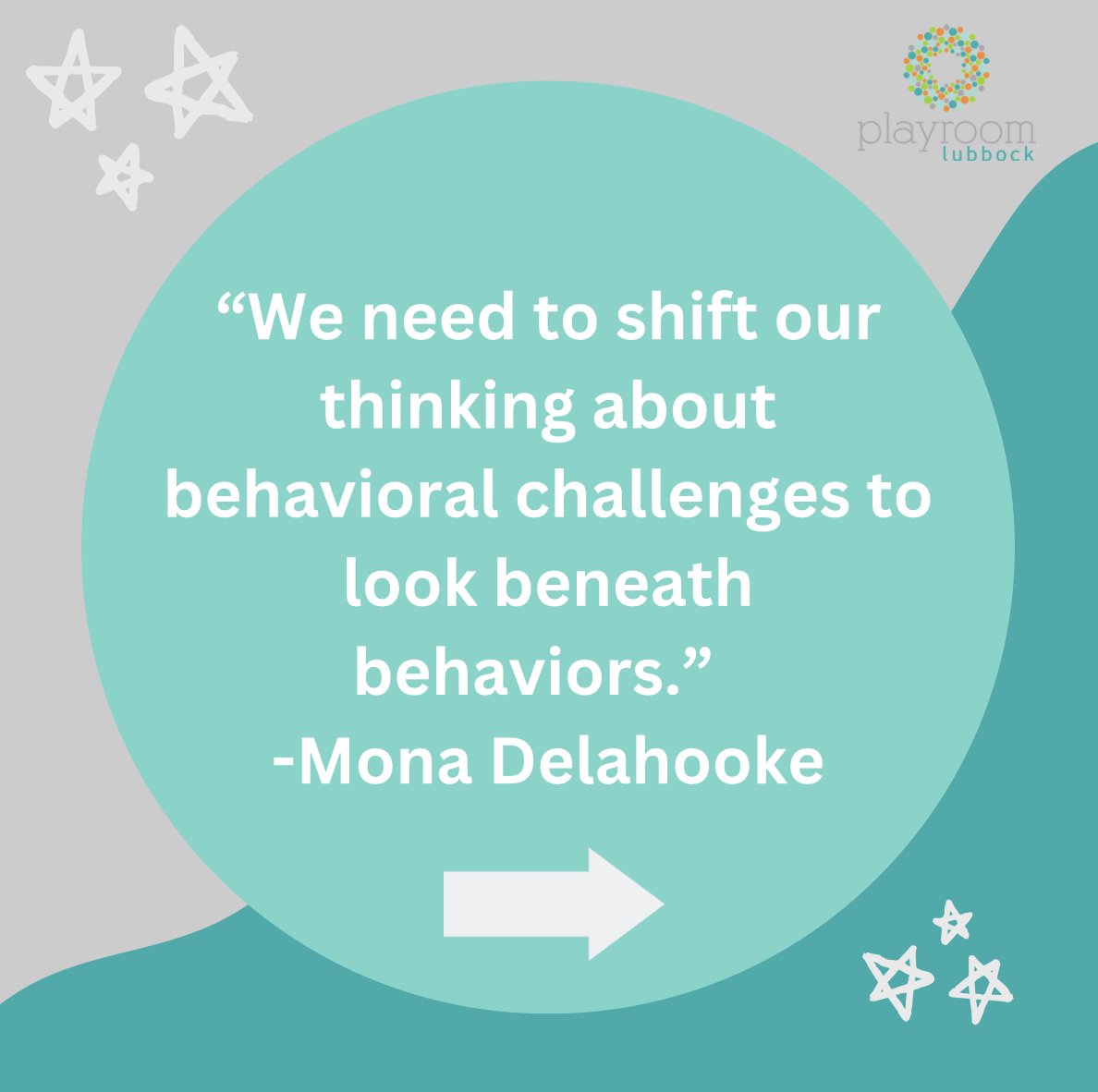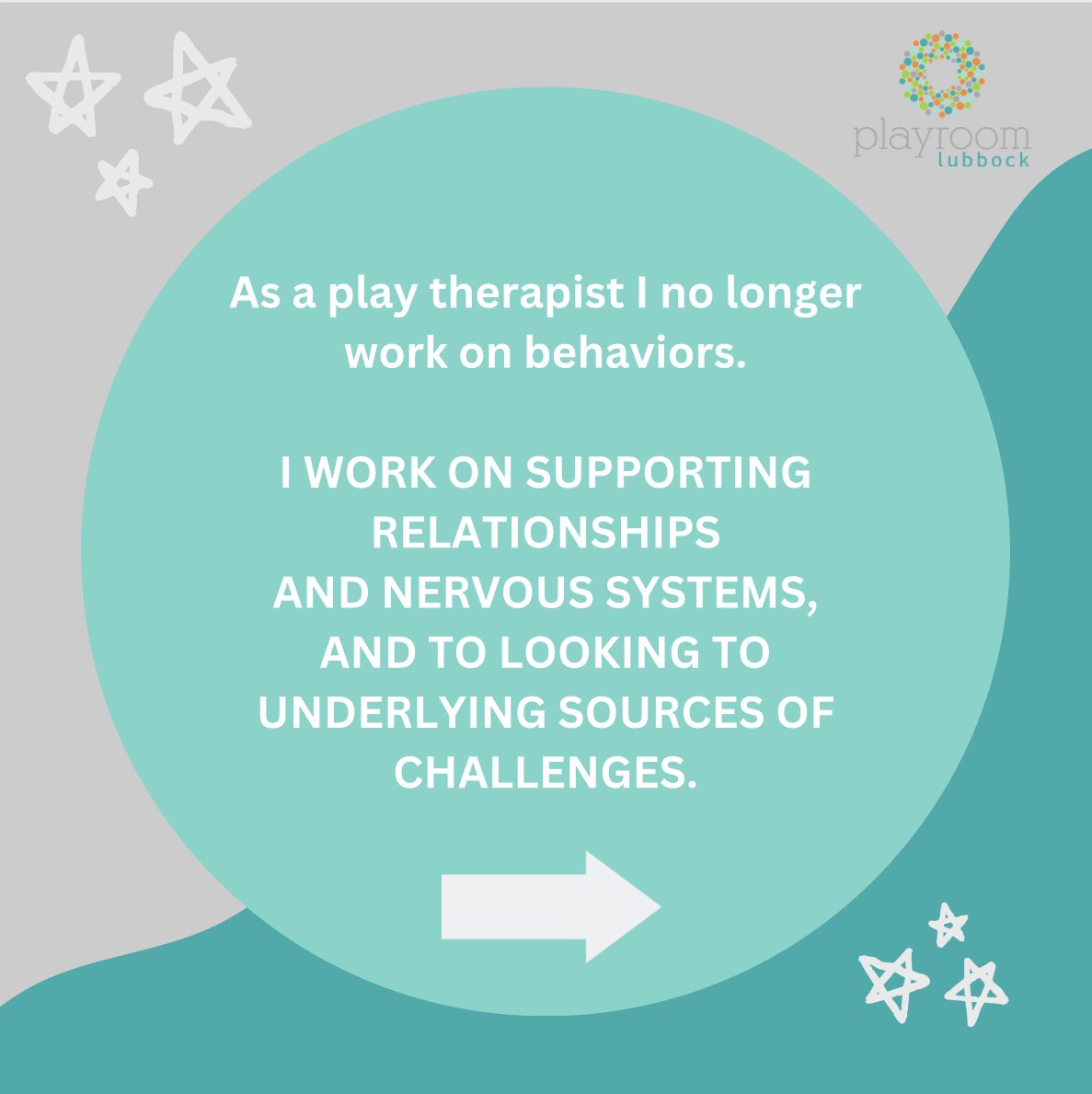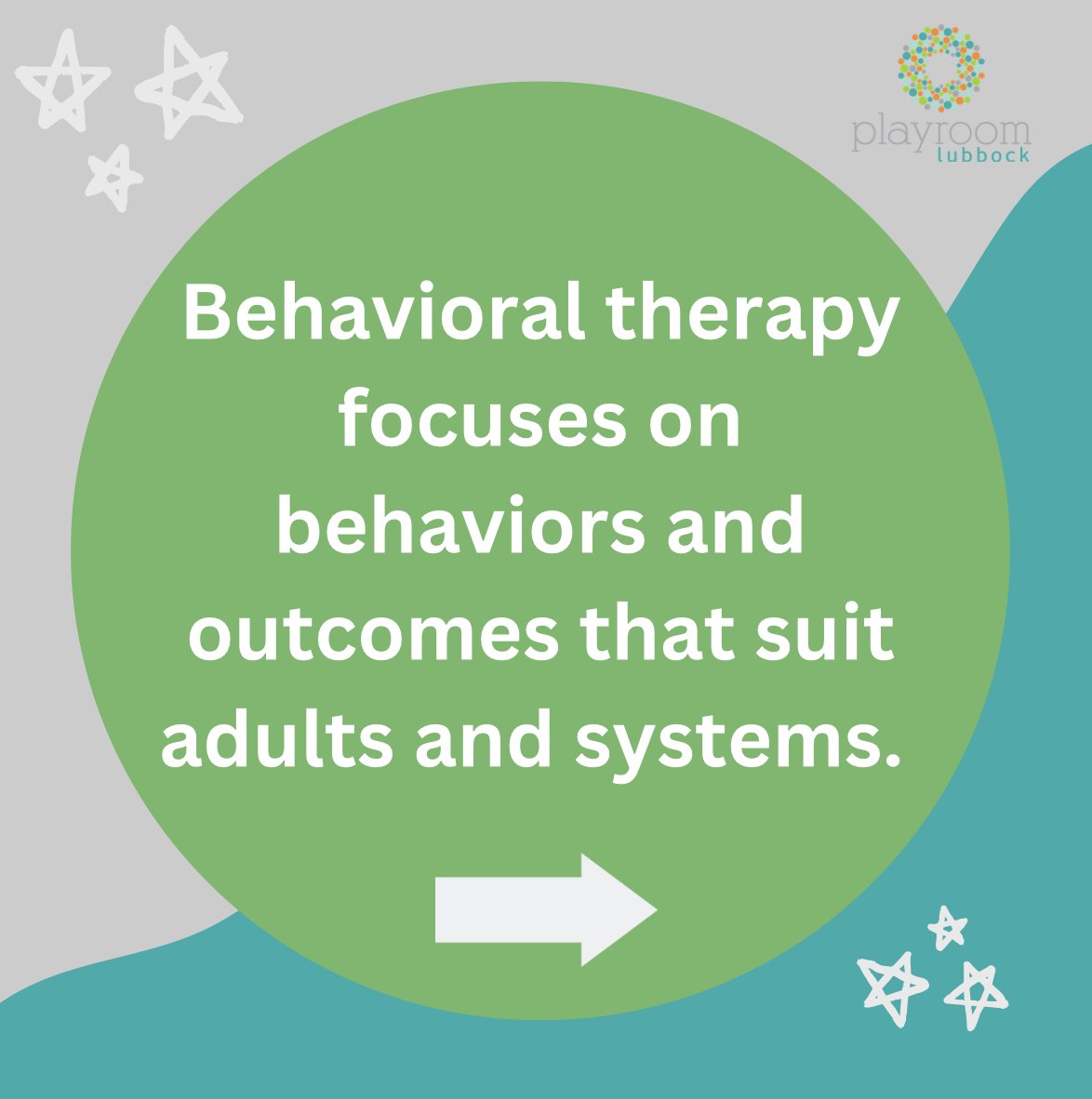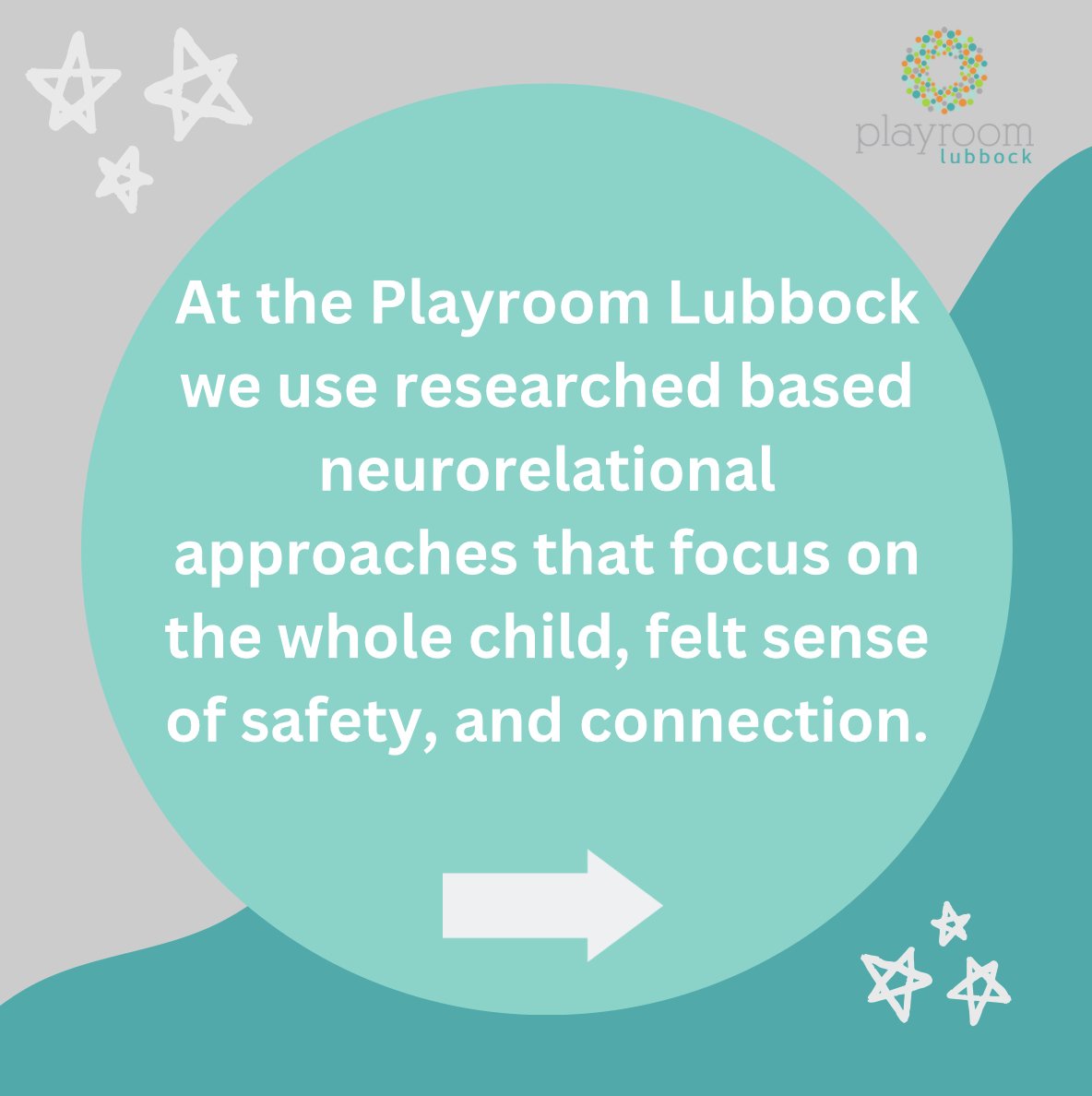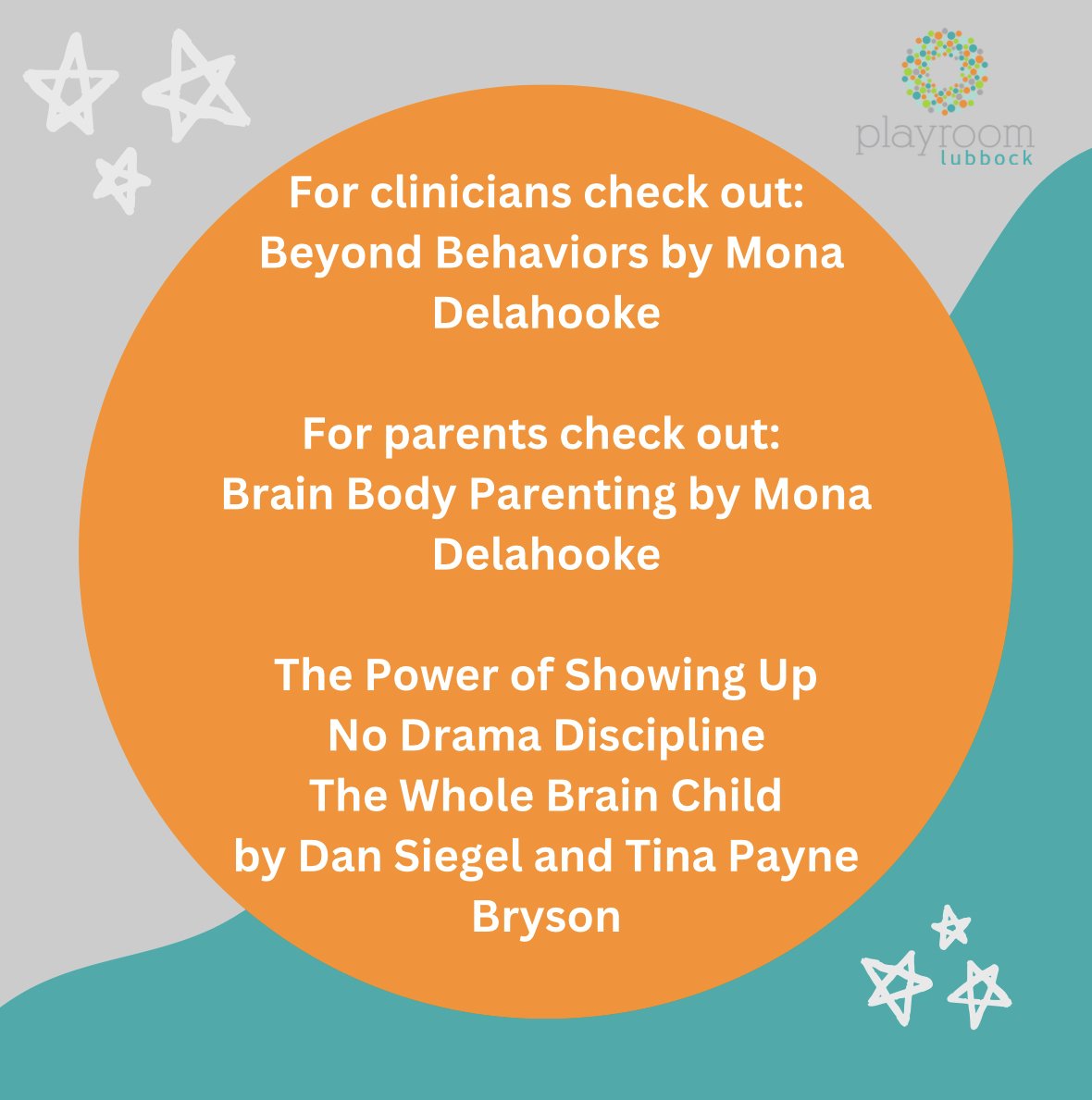Do you have a child with very specific interests that they talk about and engage in with high intensity? (To the point where you and or their friends start to feel tired hearing about it? )
Let’s understand this and learn how to support them by first starting with the basics:
“Hyperfocus” is an intense form of concentration on a particular activity or interest whereas “Perseveration” is repetitive thinking or talking about a topic, often beyond what others may consider typical. Both can appear in children with neurodivergent profiles (e.g., autism, ADHD, anxiety), but they also show up in neurotypical children—especially during stages of emotional growth or learning.
• in Autism -as a form of special interest or comfort zone
• in Anxiety -as a form of control or predictability
• Or simply kids with passionate temperaments may hyper focus
Children often cling to topics they love because it feels safe, exciting, or empowering. Just like adults might rewatch a favorite show or dive deep into a hobby, kids use their interests to understand the world and regulate their emotions.
Be curious about what function hyperfocus serves for your child. Ask your self: Is the intensity in this interest a
Means to Emotional regulation: It helps them feel safe, in control, or soothed.
Is it for Mastery and identity: Interests can boost self-esteem, especially if social or academic areas feel hard.
Is it for Escape or avoidance: It might protect them from stress, social difficulty, or boredom.
Here are some strategies to respond to and support your child:
1. Connect Before You Redirect
Start with curiosity and connection, not correction. You can say “Wow, you really love space! Tell me your favorite part about it.” This builds trust and shows you respect their world.
2. Validate the Need Behind the Interest. Try saying:
• “I notice you feel calm when you talk about Minecraft. That’s your safe zone.”
• “Dinosaurs help you feel in control when the day feels busy.”
Validation opens the door to deeper co-regulation.
3. Balance Interests With Social Coaching
Help them gently bridge their interest into social connection:
• Model questions: “What do you think your friend likes about dinosaurs?”
• Practice turn-taking: “You talk about Sonic, then ask them what they like.”
• Create social scripts: “If they don’t want to talk about Pokémon, you can say, ‘Okay, what do you want to play?’”
4. Use the Interest to Build Connection
Incorporate their passion into:
• Playdates (e.g., train-themed crafts with a peer)
• Therapy (e.g., using Lego to talk about feelings)
• Books and visuals (e.g., social stories using characters they love)
Join in occasionally with their passion. Create predictable routines that make room for the interest and transitions to other activities.
5. Set Gentle Boundaries When Needed
Too much of any interest can isolate. Use visual timers, transitions, or “interest time” zones.
“We’ll do 20 minutes of dino time, then 10 minutes of something together.”
Pair this with choices to increase flexibility.
Empathize with “I can see your brain really wants to stay on this. It’s hard to shift when you love something so much.”
⸻
Other phrases you can say:
• “You really love this particular video game. ]—tell me one cool new thing you learned today.”
• “Let’s set a timer so we can talk about [this interest] now, and then come back to it after dinner.”
• “I love how passionate you are. Let’s write your thoughts down so you can come back to them later.”
“I'm feeling a bit overwhelmed, I need to focus, can we have some quiet for a bit?”
See how these strategies work for you and your child!












